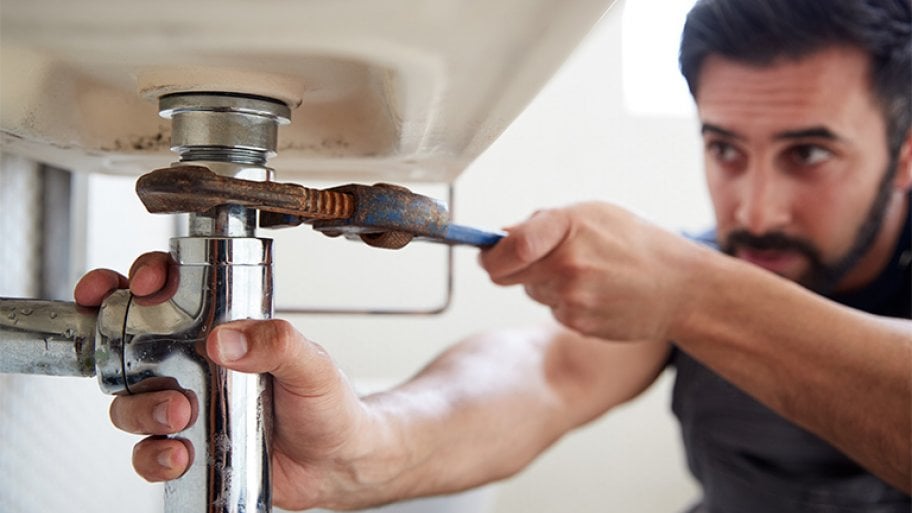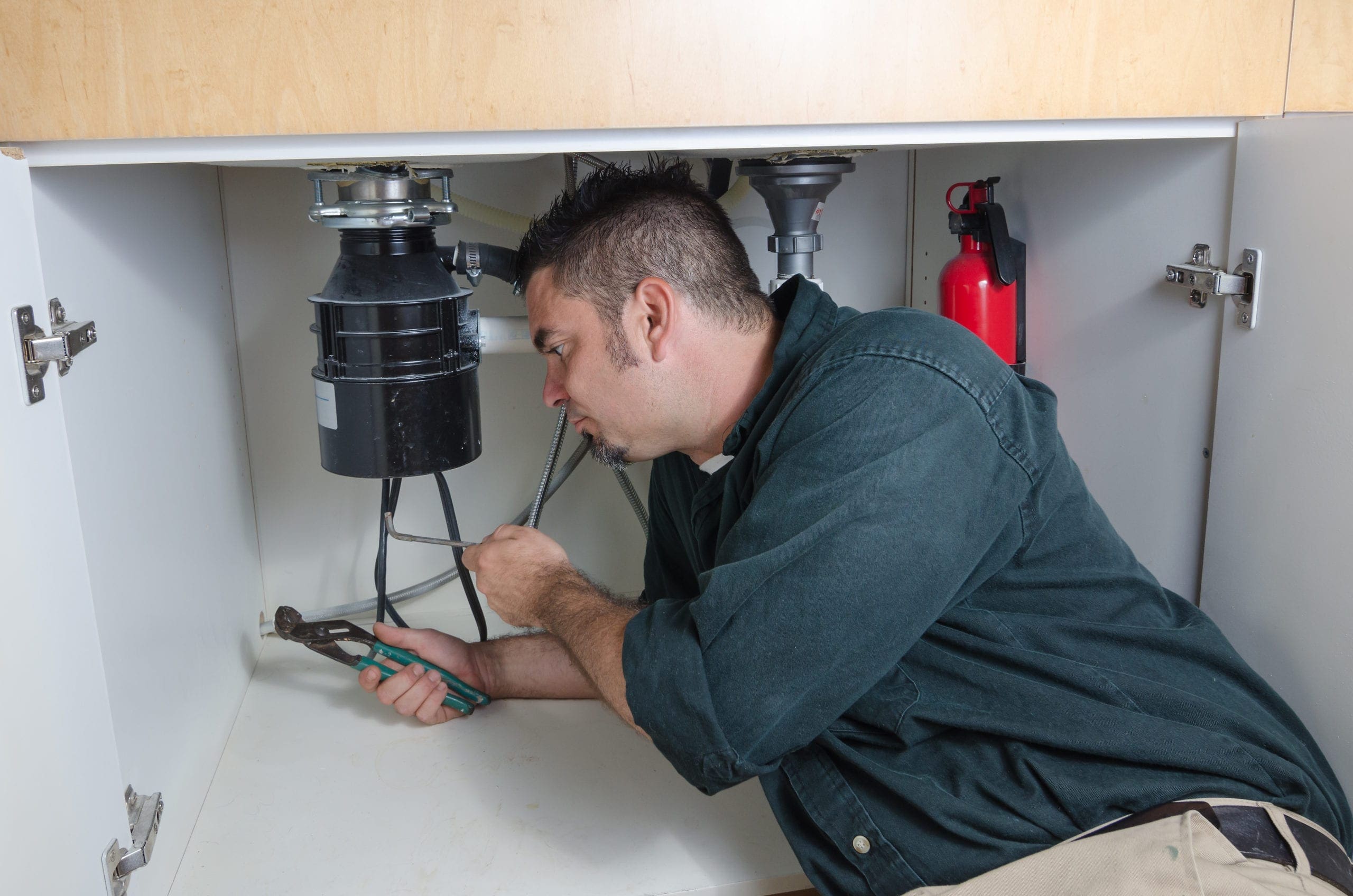The article which follows in relation to How To Fix Noisy Pipes is exceedingly entertaining. Don't miss out on it.

To diagnose loud plumbing, it is important to establish very first whether the undesirable sounds take place on the system's inlet side-in other words, when water is turned on-or on the drainpipe side. Sounds on the inlet side have actually varied reasons: excessive water pressure, used shutoff and faucet components, poorly attached pumps or various other home appliances, improperly put pipe fasteners, and also plumbing runs having way too many limited bends or other restrictions. Sounds on the drain side usually originate from bad location or, similar to some inlet side noise, a design including limited bends.
Hissing
Hissing sound that happens when a faucet is opened a little usually signals excessive water pressure. Consult your neighborhood water company if you believe this problem; it will certainly be able to inform you the water stress in your area as well as can mount a pressurereducing valve on the incoming water supply pipe if needed.
Various Other Inlet Side Noises
Creaking, squeaking, scraping, breaking, and also touching usually are triggered by the growth or tightening of pipelines, usually copper ones providing warm water. The noises occur as the pipelines slide versus loose fasteners or strike neighboring house framework. You can usually determine the place of the issue if the pipes are subjected; just adhere to the noise when the pipes are making sounds. Probably you will find a loose pipe wall mount or an area where pipelines lie so near to floor joists or other mounting items that they clatter against them. Affixing foam pipe insulation around the pipelines at the point of get in touch with should remedy the trouble. Make certain bands and also hangers are secure and also supply ample support. Where possible, pipe fasteners ought to be affixed to large architectural components such as foundation wall surfaces as opposed to to framing; doing so decreases the transmission of resonances from plumbing to surface areas that can enhance and move them. If connecting fasteners to framework is unavoidable, wrap pipes with insulation or various other durable product where they call fasteners, as well as sandwich the ends of brand-new bolts between rubber washing machines when installing them.
Fixing plumbing runs that struggle with flow-restricting tight or many bends is a last resource that needs to be embarked on only after consulting a skilled plumbing service provider. Regrettably, this situation is rather typical in older houses that might not have been constructed with indoor plumbing or that have actually seen a number of remodels, specifically by novices.
Babbling or Shrilling
Intense chattering or screeching that takes place when a valve or tap is activated, and that normally disappears when the installation is opened fully, signals loosened or defective interior components. The solution is to replace the valve or tap with a brand-new one.
Pumps and home appliances such as cleaning machines and dishwashing machines can move electric motor sound to pipes if they are improperly linked. Link such products to plumbing with plastic or rubber hoses-never stiff pipe-to isolate them.
Drain Sound
On the drainpipe side of plumbing, the principal objectives are to get rid of surfaces that can be struck by falling or rushing water and to insulate pipes to have inescapable audios.
In brand-new building and construction, tubs, shower stalls, bathrooms, and wallmounted sinks and also containers must be set on or against resilient underlayments to decrease the transmission of sound via them. Water-saving bathrooms and taps are much less noisy than conventional models; mount them rather than older types even if codes in your location still allow using older components.
Drainpipes that do not run vertically to the basement or that branch right into horizontal pipeline runs supported at floor joists or various other mounting existing specifically troublesome noise troubles. Such pipes are big sufficient to radiate significant resonance; they likewise lug significant amounts of water, that makes the scenario worse. In new building, define cast-iron dirt pipes (the large pipes that drain bathrooms) if you can manage them. Their enormity contains much of the noise made by water passing through them. Likewise, prevent directing drainpipes in wall surfaces shown rooms and also areas where individuals collect. Wall surfaces having drains need to be soundproofed as was described previously, making use of dual panels of sound-insulating fiber board as well as wallboard. Pipes themselves can be wrapped with special fiberglass insulation made for the purpose; such pipelines have a resistant plastic skin (often including lead). Results are not constantly satisfactory.
Thudding
Thudding sound, commonly accompanied by trembling pipes, when a tap or appliance shutoff is shut off is a condition called water hammer. The sound and resonance are caused by the resounding wave of pressure in the water, which instantly has no location to go. Occasionally opening a shutoff that discharges water swiftly into a section of piping including a restriction, arm joint, or tee fitting can produce the very same problem.
Water hammer can normally be healed by setting up fittings called air chambers or shock absorbers in the plumbing to which the issue valves or taps are attached. These devices allow the shock wave produced by the halted circulation of water to dissipate in the air they include, which (unlike water) is compressible.
Older plumbing systems may have brief vertical areas of capped pipeline behind wall surfaces on faucet competes the very same objective; these can ultimately fill with water, reducing or damaging their efficiency. The cure is to drain pipes the water system totally by shutting off the major water system valve as well as opening up all faucets. After that open up the primary supply shutoff and close the taps one at a time, starting with the tap nearest the shutoff and ending with the one farthest away.
WHY IS MY PLUMBING MAKING SO MUCH NOISE?
This noise indeed sounds like someone is banging a hammer against your pipes! It happens when a faucet is opened, allowed to run for a bit, then quickly shut — causing the rushing water to slam against the shut-off valve.
To remedy this, you’ll need to check and refill your air chamber. Air chambers are filled with — you guessed it — air and help absorb the shock of moving water (that comes to a sudden stop). Over time, these chambers can fill with water, making them less effective.
You’ll want to turn off your home’s water supply, then open ALL faucets (from the bathroom sink to outdoor hose bib) to drain your pipes. Then, turn the water back on and hopefully the noise stops! If you’re still hearing the sound, give us a call to examine further.
Whistles
Whistling sounds can be frustrating, as sometimes the source isn’t easily identified. However, if you can pinpoint which faucet or valve that may be the cause, you’ll likely encounter a worn gasket or washer — an easy fix if you replace the worn parts!Whistling sounds from elsewhere can mean a number of things — from high water pressure to mineral deposits. Your best plan of attack here is to give our plumbing experts a call. We’ll be able to determine where the noise is coming from and what the cause may be, then recommend an effective fix!
Cracks or Ticks
Cracking or ticking typically comes from hot water going through cold, copper pipes. This causes the copper to expand resulting in a cracking or ticking sound. Once the pipes stop expanding, the noise should stop as well.
Pro tip: you may want to lower the temperature of your water heater to see if that helps lessen the sound, or wrapping the pipe in insulation can also help muffle the noise.
Bangs
Bangs typically come from water pressure that’s too high. To test for high water pressure, get a pressure gauge and attach it to your faucet. Water pressure should be no higher than 80 psi (pounds per square inch) and also no lower than 40 psi. If you find a number greater than 80 psi, then you’ve found your problem!
Next step is to give us a call in order to install a pressure regulator. Trust us, you don’t want to wait to resolve this issue. Not only is the sound annoying, but high water pressure can be destructive to your home — including damaging certain appliances, like your washer and dishwasher.
Dripping
You might be accustom to the slow quiet drip your kitchen faucet makes. You might have even tuned out your bathroom sink dripping and drabbing all day long — but it’s time to find its cause.
A slow drip could signify a variety of easy to fix issues, such as a worn out O ring, or loose part. And by ignoring the drip, you could be wasting up to 2,000 gallons of water a year! So start conserving water — get it looked at ASAP.
https://www.pwessig.com/blog/2018/december/why-is-my-plumbing-making-so-much-noise-/

As a keen person who reads about Why Do My Plumbing Pipes Make A Knocking Noise, I imagined sharing that excerpt was worthwhile. I beg you take a moment to promote this post if you enjoyed it. We truly appreciate reading our article about Why Do My Pipes Make Noises.
Website